For international traders, it’s very important to understand how long international shipments will take via ocean freight international freight. How fast products are shipped influences planning processes, inventory control and ensuring customers are pleased. Moving large shipments over continents at the lowest cost is done mainly by ocean freight which manages some 90% of international trade.
What Determines Ocean Freight Transit Times
Several connected elements play a role in determining transit times for ocean shipping, therefore both shipping companies and importers must plan carefully when using this method. The key element is the physical distance between the ports, but this is steps away from the complete process, as several other factors affect transit time .
Actual transit times are greatly affected by sea and weather conditions. Storms, choppy waters and specific seasons may cause delivery schedules to be delayed by days or weeks. The time it takes to ship can change, because carriers may pick longer routes to keep from navigating crowded oceans or make use of stronger ocean currents.
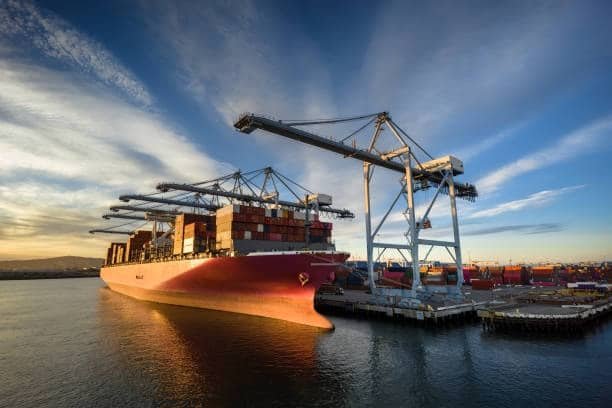
How big and what kind of ship it is, matters for the speed and timing of the journey. Most of the time, larger container ships work to set timetables with various stops and their schedule is predictable. Smaller ships, on the other hand, have the advantage of flexibility but may take more time to reach ports because they are not as fast as the large ones.
Major Global Shipping Routes and Their Average Transit Times
Major economic areas are linked together through the most active shipping routes which direct world trade. Getting from major Chinese ports to Los Angeles or Long Beach in North America by the Trans-Pacific route usually takes at least 12 days or up to 16 days. This particular route is responsible for transporting huge amounts of items produced and sold by companies.
The estimated shipping time usually takes 20 to 35 days for goods to move along the Asia-Europe trade lane which serves Asian production centers and European markets. It usually takes ships from Shanghai to Rotterdam around 28-32 days to finish the journey unless there are any delays.
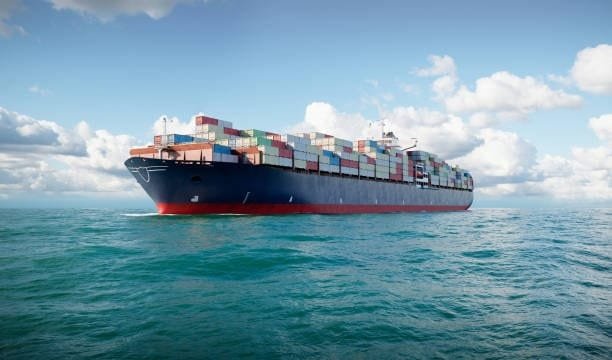
Trade between North America and Europe across the Atlantic usually takes 7 to 12 days which is relatively speedy compared to similar transport routes. Backpacks get to their destinations quickly because of both the short consulting distance and the reliable shipping systems.
Intra-Asia routes that connect ports in the Asia-Pacific area usually take 3 to 14 days, depending on the combination of starting and ending points. They are important links in the supply systems used by manufacturers in the region and for just-in-time production.
Port Congestion Impact on Delivery Schedules
There is now more congestion at ports which is affecting the time it takes for ocean freight to travel worldwide, leading to extreme delays . Peak seasons and disruptions often make major container ports have delays that last several days or weeks in the arrival and departure of container ships.
During the COVID-19 pandemic, numerous ports experienced huge backlogs which caused the usual transit time to be extended by half or even more. Because of serious delays at the ports of Los Angeles and Long Beach which manage 40% of US container imports, many in the supply chain were greatly affected.

Chinese ports and other Asian ports often get congested during the busiest shipping times or because of nearby disruptions. Many factories in China are shut during the Chinese New Year which often leads to major difficulties in planning shipments.
How long voyages take to be processed at ports depends a lot on different ports, as some can process boats in hours while others may need several days for all operations. Better efficiency means the overall transit time is more dependable.
Seasonal Variations in Ocean Shipping Times
Knowing about seasonal changes, seasoned shippers factor ocean freight transit times into their logistics planning schedules. Usually from August to October, known as the peak shipping season, retailers get ready for holiday shopping in major markets.
When there is a surge in cargo during peak season, port and vessel facilities can be strained which results in longer waits and possible delays. To cover the extra costs of peak season, shipping companies may impose surcharges and make schedule changes.
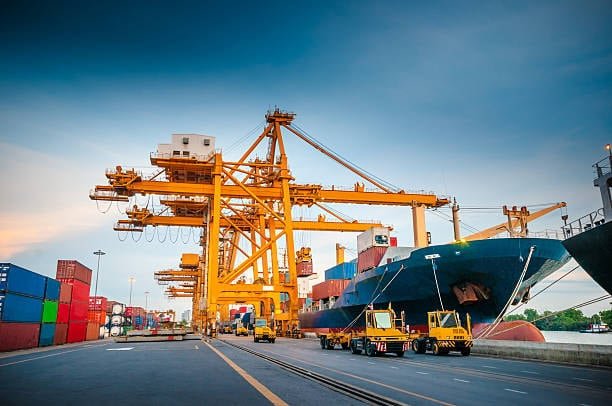
Seasonal transit patterns can vary a lot depending on the weather. Shipping schedules in Asia may be interrupted by the rainy monsoons and North Atlantic or North Pacific winter storms often cause vessels to slow down and delay journeys. Sometimes, hurricanes in the Caribbean and Gulf of Mexico lead ships to take extended routes.
Because of the Chinese New Year, manufacturing stops and this leads to a shortage of cargo and port disruptions. Because of this, the frequency of trips drops and then cargo volumes go up once production begins again.
Container Ship Size and Speed Considerations
Container ships today come in many sizes and are equipped differently which straightaway impacts the reliability of transport and the time needed for delivery. Sometimes, Ultra Large Container Vessels (ULCVs) that can carry more than 20,000 TEU are used for this purpose and need to sail at a slower pace to reduce costs.
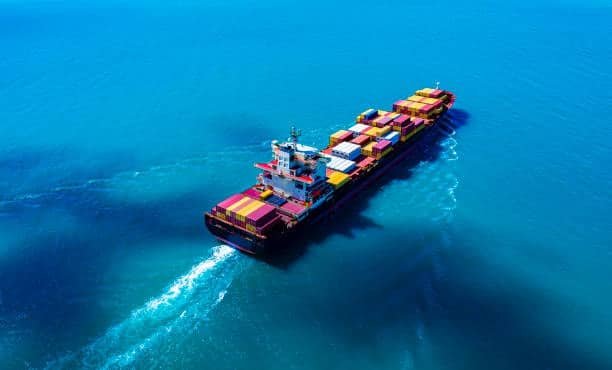
Most large ships reach speeds of between 16 and 20 knots, while smaller ships might travel up to 22-25 knots. Still, bigger ships often have more dependable schedules since they follow scheduled routes and get priority at key ports.
Some linking vessels between secondary ports and principal facilities provide fast point-to-point moves but also need extra time for the transfer of goods. Working with this system may impact how quickly goods can be delivered.
Port accessibility can depend on the size of the vessel which shapes possible routes. There are smaller ports that are unable to receive the biggest container ships which leads to shipments being transferred and causes routes to take longer, though new markets are still accessible.
Documentation and Customs Clearance Timeframes
But while documentation preparation does affect how long a shipment takes to reach its destination, it has no part in how long the ship spends on the ocean voyage itself. Not having all the necessary paperwork or errors in the paperwork can lead to your goods being stored at customs, extra fees and major delivery holds.
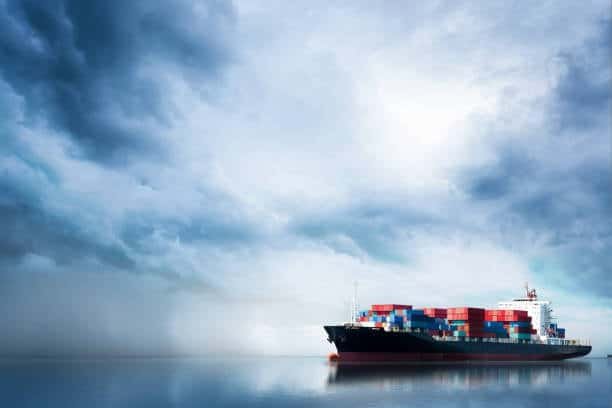
The standard set of shipping papers are commercial invoices, packing lists, bills of lading and certificates of origin. Cargo that is specialized often requires extra permits, records about health or safe storage documentation which have to be prepared early to avoid delays in customs processing.
Clearing goods at customs is different in every country and may make shipping take additional hours or many weeks. There are places where registered importers bypass most clearance steps, but other locations require detailed approvals for certain products.
Some clearance tasks are now easier with electronic systems, but companies should also account for delays from inspections and following regulations when planning deliveries.
Express vs Standard Ocean Freight Services
There are two standard kinds of ocean freight: standard and express, each providing different time frames and prices. Cost-efficient routes are prioritized by standard services which also involve multiple stops that increase the total time the ship is at sea.
‘Express’ or ‘fast’ ocean freight services limit ports of call and find the best routes to speed up deliveries. Due to the added value, these services are 20-50% more expensive, but they still help cut 3-7 days off major trade lanes.
A number of carriers compensate customers for late shipments which gives importers consistency when scheduling time-critical shipments. Although these premium services can be pricier, they give you dependable information for organizing your supply chain.
Which service to pick, express or standard, relies on how much the shipment is worth, what it would cost to carry the goods longer and when the customer wants delivery. Gaining speed and security might matter for valuable or urgent goods, so express services are the better choice and average goods can handle cheaper options.
Technology’s Role in Transit Time Optimization
With the help of advanced systems, planning and running ocean freight has become much more precise and streamlined. With vessel tracking, supply chain managers are given real-time updates and when their shipment is expected to arrive.
Based on historical data, weather trends and how congested ports are, AI and machine learning can predict if delays are likely and guide routing solutions. The systems may offer different direction or schedule options so that you can save transit time.
Through digital documentation, customs clearance is now smoother and helps cut down the time used in administrative steps. Cargo is released more swiftly at destination ports because of electronic bills and automated compliance checks.
Using IoT sensors on cargo lets you check its condition in real time and intervene early if possible challenges might affect the on-time delivery of goods.
How to Calculate Expected Delivery Dates
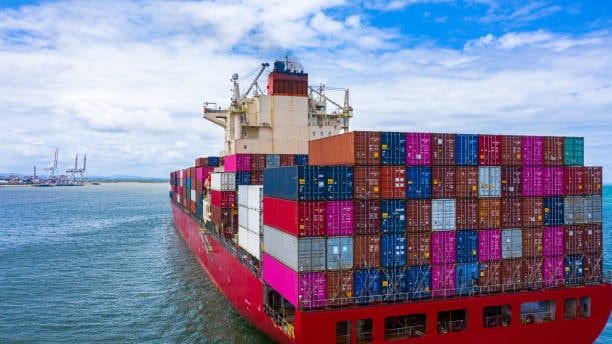
Ocean freight delivery dates must be calculated by looking at more than just the precise transit time estimates to move goods from one port to another. When shipping goods door to door, every package experiences inland movement, processes at the port, an ocean trip, customs check and the final destination of delivery sea freight. Add to the ocean transit time between the chosen ports 2-3 days to allow for port processing and putting cargo aboard the ship. Set aside time for customs clearance at the country of destination which may take between 1 and 5 days depending on the cargo shipping transit time. Look at seasonal changes, busy port conditions and additional rules for treating your cargo. An extra 10-15% time should be added to supply chain schedules to deal with unexpected problems. Trustworthy freight forwarders and shipping lines offer transit time estimates according to their planned schedules and what they have achieved before. Your delivery date estimates should rely on these believed values, while also acknowledging what might affect actual results air freight.
Common Delays and How to Avoid Them
Things like unpredictable weather and technical issues often cause ocean freight delays which can be prevented by careful planning. Sloppy or erroneous paperwork is among the leading reasons for delays, since it’s such an easily preventable issue. You can prevent delay problems at ports by either selecting another port or shaping your shipping plans to avoid the most crowded times sea freight shipping. It is very helpful to have freight forwarders who know the port system and can offer you the best ways to ship your goods. Delays caused by weather are hard to avoid, but they can be predicted by being prepared during each season and choosing the right route. If possible, prevent travels during the monsoon season or hurricane periods since the weather can slow things down. Proper paperwork, checking your imports obey all requirements and working with helpful customs brokers can help reduce cargo inspection delays transit time calculator.
Cost vs Time Trade-offs in Ocean Shipping
Transport times and prices go in opposite directions, so faster option come at a higher price, but slower ones are cheaper. Being aware of the trade-off in freight shipping allows companies to decide what is best for them. Express shipping usually adds 25-75% to regular shipping prices, letting companies carry less inventory, satisfy their customers better and adjust to market changes quicker sea freight transit times. Inventory costs, charges for using extra storage space and any potential business you miss by not delivering products on time should be added to the total cost of ownership. Consolidation services reduce shipping costs by allowing several containers to share space, however, this often results in delays because more handling is required. Shipping Less-than-Container-Load (LCL) goods usually takes longer because of the steps needed to consolidate and separate your goods shipping process. Firm contracts with shipping lines may save you money and prioritize your cargo which may also reduce transit times. Often, long-term contracts have agreements that set expects for transit time.
Conclusion
Managing an international supply chain depends heavily on consideration of ocean freight transit times which rely on shipping paths, types of ships, seasonal difference and how ports operate. Planning with only basic port transit times is not enough—importers must also handle documents, customs clearance, any delay possibilities and the available service alternatives. When businesses understand the complexities, they can choose how to simultaneously keep costs low and meet delivery time needs which boosts their performance in global markets port shipping transit time.
